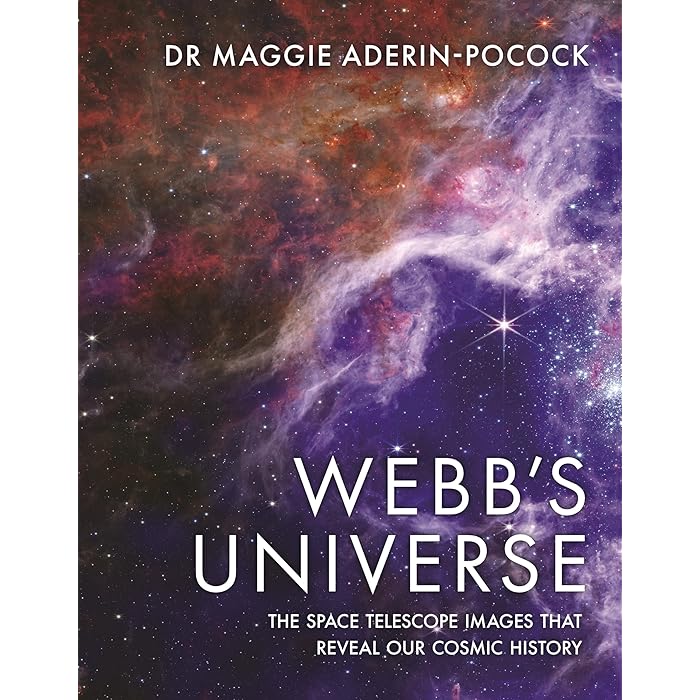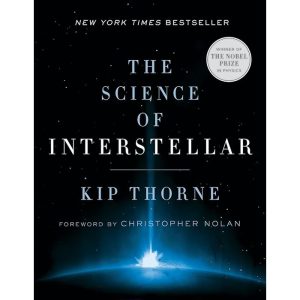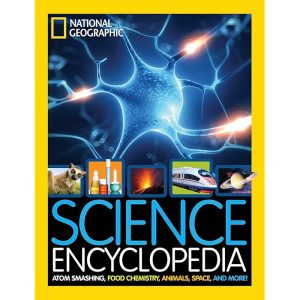Description
**”Webb’s Universe: The Space Telescope Images That Reveal Our Cosmic History”** is a captivating exploration of the James Webb Space Telescope’s (JWST) groundbreaking contributions to our understanding of the universe. Launched on December 25, 2021, JWST is the most advanced space observatory ever built, designed to peer deeper into the cosmos than ever before and uncover secrets about the origins and evolution of the universe.
Here’s a deeper dive into how Webb’s images are shaping our knowledge of cosmic history:
### 1. **The Power of Infrared Observation**
Unlike its predecessor, the Hubble Space Telescope, which observes primarily in optical and ultraviolet wavelengths, Webb operates in the infrared part of the spectrum. This allows it to:
– See through cosmic dust clouds that often obscure visible light.
– Detect faint, distant objects that have been redshifted due to the expansion of the universe.
– Study the formation of the first stars and galaxies.
### 2. **The Deepest View of the Universe**
One of Webb’s first and most stunning images was the **Deep Field** (released in July 2022), which shows a highly detailed view of thousands of galaxies stretching back to the early universe, around 13.5 billion years ago. This deep field image is far more detailed and expansive than the Hubble Deep Field, capturing light from galaxies that formed only a few hundred million years after the Big Bang.
### 3. **The Search for Early Galaxies**
One of Webb’s most important scientific goals is to find and study the first galaxies that formed after the Big Bang. Due to the expansion of the universe, light from these galaxies has been stretched into the infrared spectrum, making it invisible to optical telescopes. Webb’s ability to observe in the infrared allows it to trace these distant, ancient galaxies, offering insight into how galaxies formed and evolved.
Webb has already begun to find **candidate galaxies** from the early universe, potentially even dating back to when the universe was only 200-400 million years old, helping scientists understand the processes that led to galaxy formation.
### 4. **The Spectroscopy of Exoplanet Atmospheres**
One of Webb’s key missions is to study exoplanets—planets orbiting stars outside our solar system—especially those that may harbor signs of life. Using **spectroscopy**, Webb can analyze the light passing through an exoplanet’s atmosphere, allowing scientists to identify the chemical makeup, weather patterns, and even possible signs of habitability or life.
The first spectra of exoplanet atmospheres taken by Webb have revealed the chemical signatures of gases such as **carbon dioxide** and **water vapor**, and there’s potential for even more exciting discoveries as the telescope continues its observations.
### 5. **Studying Stellar Evolution and Nebulae**
Webb’s high-resolution imaging also helps to examine the life cycles of stars, especially in regions where stars are being born, such as in the famous **Carina Nebula**. Webb’s ability to observe in infrared has enabled it to capture previously hidden details in these regions, revealing the processes of star formation in unprecedented clarity.
For example, Webb’s observations of the **Southern Ring Nebula** (NGC 3132), a planetary nebula, offered a new look at the death of stars similar to our Sun. The intricate structures revealed by Webb’s detailed images of gas and dust offer clues about the future fate of our own solar system.
### 6. **Exploring the Origins of Cosmic Structures**
Webb’s detailed images have also provided insights into the early formation of cosmic structures like galaxy clusters. Its view of the **SMACS 0723 galaxy cluster** showed how massive clusters act as “gravitational lenses” that bend light from more distant galaxies behind them, amplifying the light from the very farthest reaches of the universe. These lensing effects allow Webb to peer deeper into the past than would otherwise be possible.
### 7. **Revealing the Early Universe**
One of Webb’s primary goals is to look back to a time when the universe was much younger. This includes studying the **epoch of reionization**—the period roughly 500 million years after the Big Bang when the universe shifted from being opaque to transparent as the first stars and galaxies formed. Webb’s observations are offering scientists a glimpse into this critical phase of cosmic history.
Webb’s ability to observe this early light and study its redshift (the stretching of light waves as they travel through the expanding universe) is shedding light on the first stars, galaxies, and black holes.
### 8. **The Future of Webb’s Mission**
Webb is expected to operate for at least a decade, providing a continuous flow of data that will shape our understanding of the universe. Its ability to study phenomena like dark matter, dark energy, and the mysterious processes surrounding black holes will continue to be central to its mission. Scientists are also looking forward to Webb’s contributions to understanding the formation of planetary systems, especially in our own Milky Way galaxy.
### Key Takeaways
– **Cosmic history** is being rewritten through Webb’s unprecedented infrared observations.
– Webb’s images are revealing the **earliest galaxies**, **the birth of stars**, **the evolution of galaxy clusters**, and **potentially habitable exoplanets**.
– The telescope is offering a more detailed view of the universe than ever before, providing new answers to long-standing questions about the origin and structure of the cosmos.
– The discoveries made by Webb will reshape our understanding of fundamental questions like the formation of stars, the behavior of black holes, and the very nature of the universe.
















Reviews
There are no reviews yet.